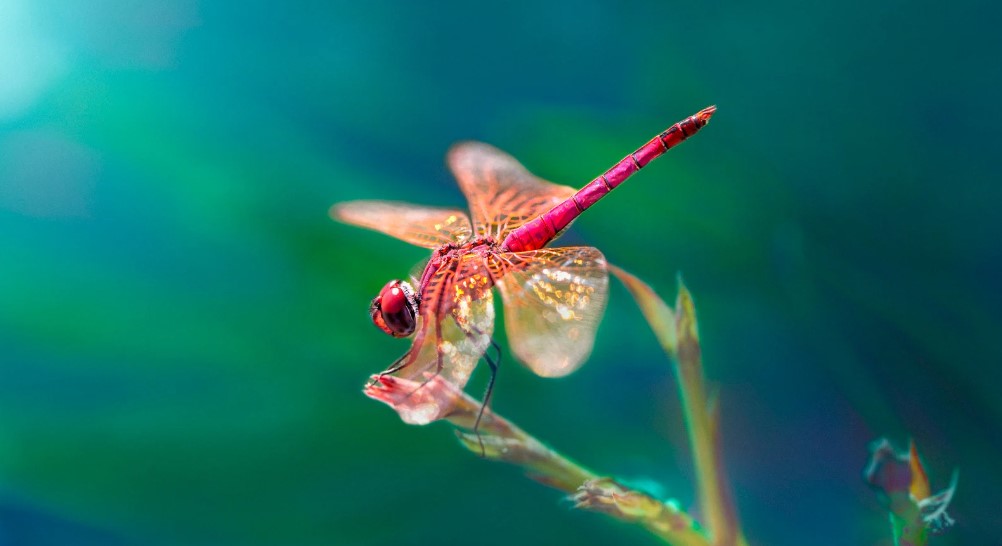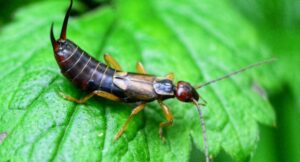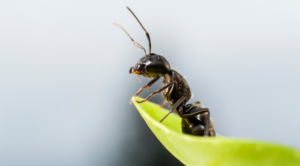When it comes to pest control, understanding the intricacies of various insects is crucial for effective management. Two commonly seen insects that often draw curiosity and confusion are damselflies and dragonflies. Despite their similar appearance, these creatures belong to different families and possess unique characteristics. In this blog, we explain the differences between damselfly and dragonfly to control them efficiently.
Difference Between Damselfly and Dragonfly
Dragonflies and Damselflies may look like the same creature but they are different and they are from different families. Let’s see the key difference between them.
Physical Appearance
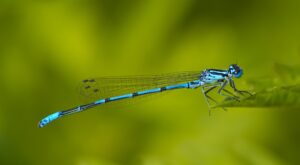
- Damselfly: Damselflies are typically smaller and more delicate in structure compared to dragonflies. They have slender bodies, long tails, and wings that are held parallel to their bodies when at rest.
- Dragonfly: Dragonflies are larger and sturdier than damselflies, with bulkier bodies and wings that are spread out horizontally when they land. They also have a noticeable broader build compared to damselflies.
Wing Shape and Flight Pattern
- Damselfly: Damselflies exhibit a fluttery flight pattern characterized by slow and graceful movements. Their wings are identical in shape and size.
- Dragonfly: Dragonflies have a more robust and powerful flight, capable of hovering, darting, and gliding with agility. Their hind wings are broader than their forewings, enabling them to manoeuvre swiftly in pursuit of prey.
Habitat and Behaviour
- Damselfly: Damselflies are commonly found near water sources such as ponds, streams, and marshes. They are relatively weaker fliers and tend to stay close to their breeding grounds.
- Dragonfly: Dragonflies are adept predators known for their aerial hunting skills. They can be found near a variety of freshwater habitats, including lakes, rivers, and wetlands. Dragonflies are strong fliers and are known to venture far from their breeding sites in search of prey.
Diet and Predatory Behaviour
- Damselfly: Damselflies primarily feed on small insects such as mosquitoes, aphids, and flies. They are considered beneficial in pest control as they help in keeping insect populations in check.
- Dragonfly: Dragonflies have a diverse diet that includes mosquitoes, gnats, butterflies, and even other dragonflies. They are important allies in natural pest management because of their insatiable desire for bugs.
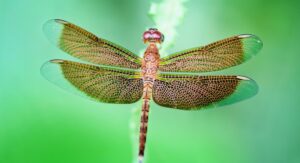
Prevent Measures of Damselflies and Dragonflies
To prevent dragonflies and damselflies from becoming a nuisance or causing any issues, here are a few tips you can consider:
- Reduce Standing Water: Both dragonflies and damselflies are attracted to water sources for breeding.
- Use Screens: Installing window screens and door screens can help prevent dragonflies and damselflies from entering your home while still allowing for ventilation.
- Remove Attractants: Trim tall grass, bushes, and other vegetation near your home to reduce potential resting spots for dragonflies and damselflies.
- Avoid Bright Lights: Dragonflies are drawn to light sources, especially at night.
Conclusion
With the right knowledge to differentiate them and their species, we can easily isolate them and eliminate them from our personal spaces like home and office. If the preventive measures mentioned in this are also not enough to prevent them from entering your space, seek help from pest control services like Empire Pest Control. We have experienced professionals to deal with this kind of pest.


